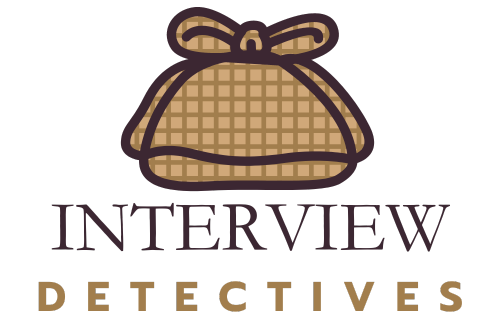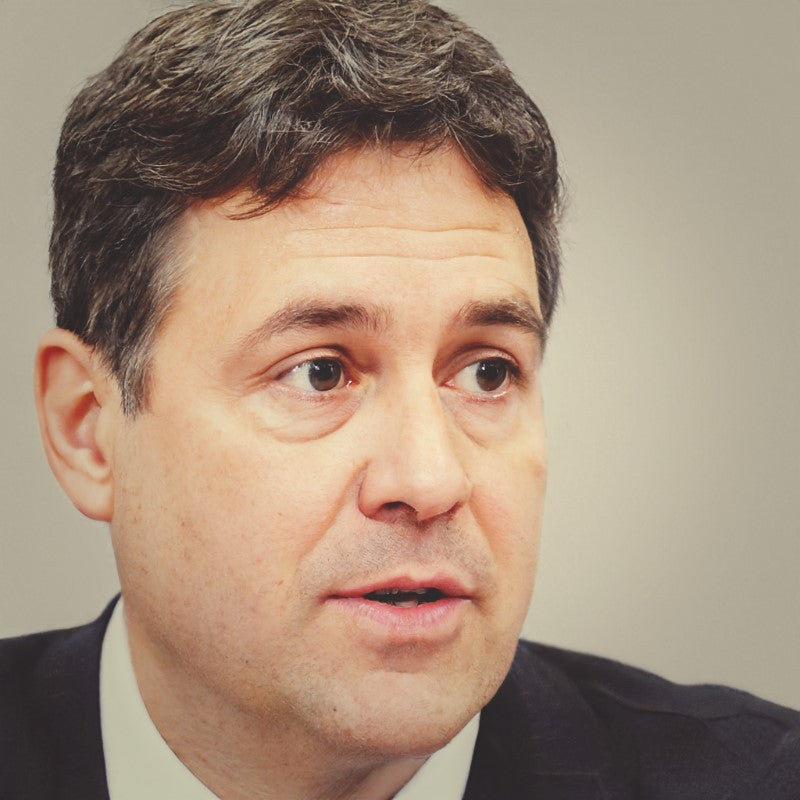We’re excited to help you prepare for your Civil Service interview at the Administrative Officer (AO) level, specifically focusing on the Changing and Improving behavior. This article will break down what this behavior means, why it’s important, how to answer questions using the B-STAR method, and provide some handy tips along the way. Let’s get started!
What is Changing and Improving? 🤔
Changing and Improving is about embracing change, finding new and better ways of doing things, and being open to innovation. For an Administrative Officer (AO), this behavior is crucial for ensuring that day-to-day operations are carried out efficiently and continuously improving.
At the AO level, Changing and Improving means being proactive in suggesting small changes to improve processes, managing workloads more efficiently, and supporting wider team improvements. It’s different from higher levels (like HEO or SEO), where the focus shifts to strategic innovation and leading major transformations. As an AO, you’ll focus more on practical changes rather than large-scale initiatives.
Answering Changing and Improving Questions Using B-STAR 🌟
When you’re answering questions about Changing and Improving, you can use the B-STAR method to structure your responses. Here’s how:
B - Belief 🧠
Start by explaining your belief about change and improvement. What’s your attitude toward change? Why is it important to you? For example, “I believe that small improvements can make a big difference in day-to-day operations.”
S - Situation 🏢
Next, describe a situation where you were faced with the need for change or improvement. Keep it simple and straightforward. Think of a time when something wasn’t working as well as it could, and you decided to take action.
T - Task 📝
What was your responsibility in this situation? Clearly outline the task you took on to address the issue. Did you identify the need for improvement? Were you tasked with implementing changes?
A - Action 🚀
This is the heart of your answer. Explain the specific steps you took to improve the process or implement the change. Focus on the how. What did you actually do? How did you involve others?
R - Result 🎉
Finally, talk about the result. What was the outcome of your actions? Did you achieve a measurable improvement? Was the team more efficient, or did processes become smoother? Be sure to highlight how your actions made a difference.
Common Changing and Improving Interview Questions
Here are some questions you might encounter during your interview:
- Can you describe a time when you identified an area for improvement and acted on it?
- Tell us about a process that you improved in your previous role.
- Have you ever had to adapt to a significant change at work? How did you manage it?
- Click this link to see more example questions…
What is the Interviewer Looking For? 👀
When interviewers ask about Changing and Improving, they want to see a few key things in your answer. Let’s break them down:
Attitude Toward Change
They’ll want to know if you’re someone who embraces change rather than resists it. They’ll be looking for signs that you have a positive attitude toward improvement and are open to new ideas.
Initiative
They want to see whether you take the initiative to make changes when you spot inefficiencies. Your answer should show that you don’t just wait for others to fix things—you take action.
Problem-Solving Skills
Interviewers will also be assessing your problem-solving skills. How do you approach issues when you see something that could be improved? They want someone who can break down a problem and find a workable solution.
Impact of Your Actions
Lastly, they’ll be interested in the results. Did your actions make a real difference? How did things improve because of what you did? Be sure to focus on measurable outcomes.
Scenario Ideas 💡
Need some ideas for scenarios you can talk about? Here are a few to get you thinking:
- Identifying inefficiencies in how documents are processed and suggesting a streamlined system.
- Noticing outdated software that slows down tasks and proposing an upgrade or alternative solution.
- Improving a filing system that was causing delays in finding important information.
- Helping the team adapt to a new policy or procedure that caused initial confusion.
Each of these scenarios gives you the opportunity to demonstrate how you’ve driven small but effective improvements in the workplace.
Common Mistakes to Avoid 🚫
When answering Changing and Improving questions, be sure to avoid these common mistakes:
🛑 Being negative about change. Even if the change was challenging, focus on how you adapted and improved the situation.
🛑 Overcomplicating the situation. Keep it simple and clear. The interviewer doesn’t need the full backstory, just the essentials.
🛑 Failing to mention results. Always highlight what improved as a result of your actions.
🛑 Taking all the credit. It’s okay to involve others in your answer. Teamwork is important too!
Key Takeaways ✨
For an Administrative Officer (AO), Changing and Improving is all about proactively seeking small, practical improvements. Whether it’s streamlining a process or suggesting a new way of working, your ability to adapt and innovate is key to success in this role. Show that you embrace change, take initiative, solve problems, and always strive for better results.
Good luck in your interview—you’ve got this! 😊
Click here to continue learning more about the AA/AO interview...


